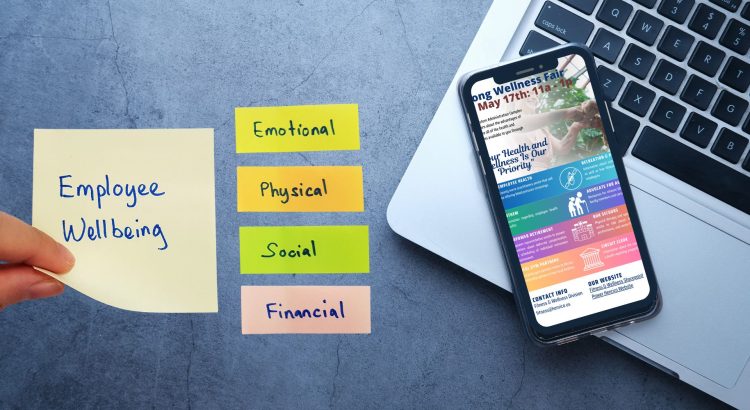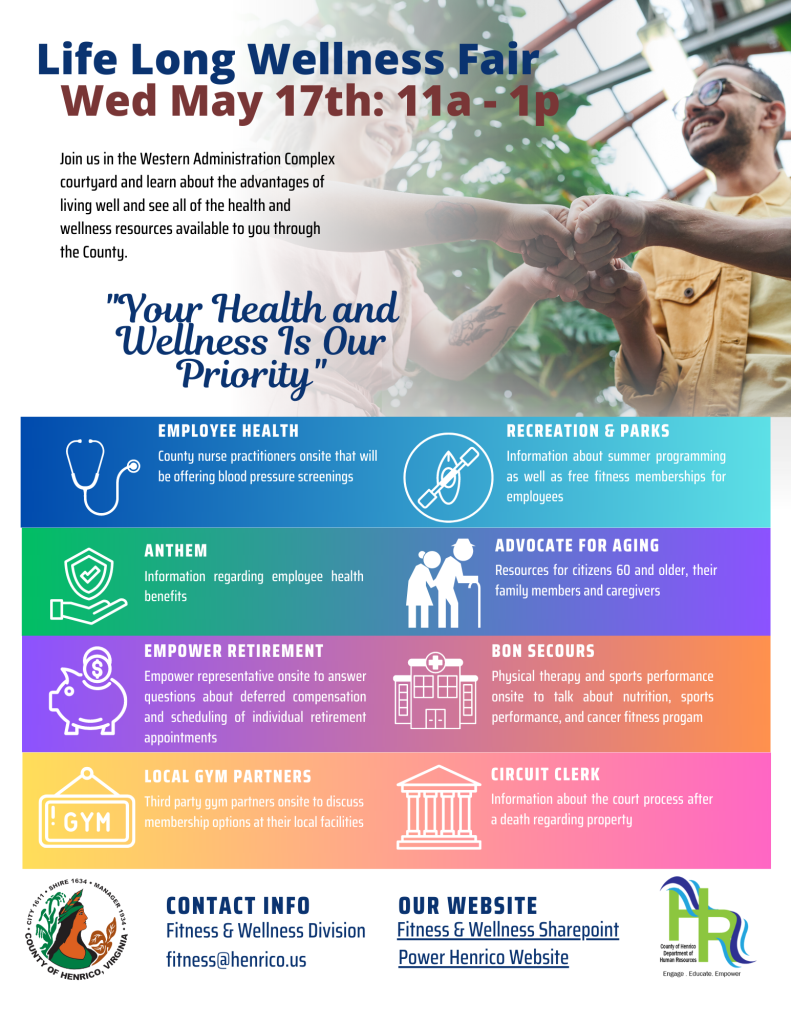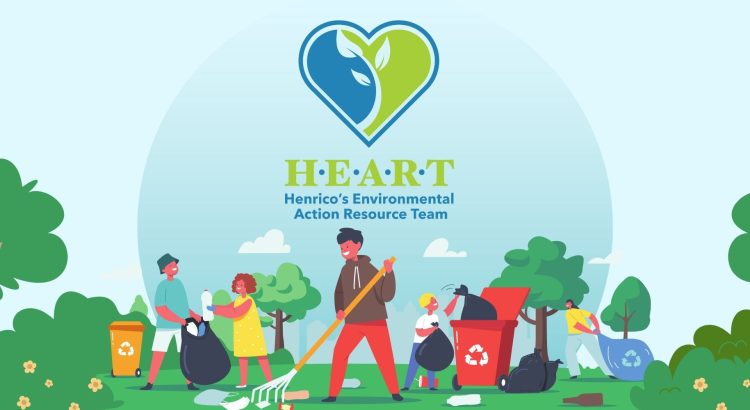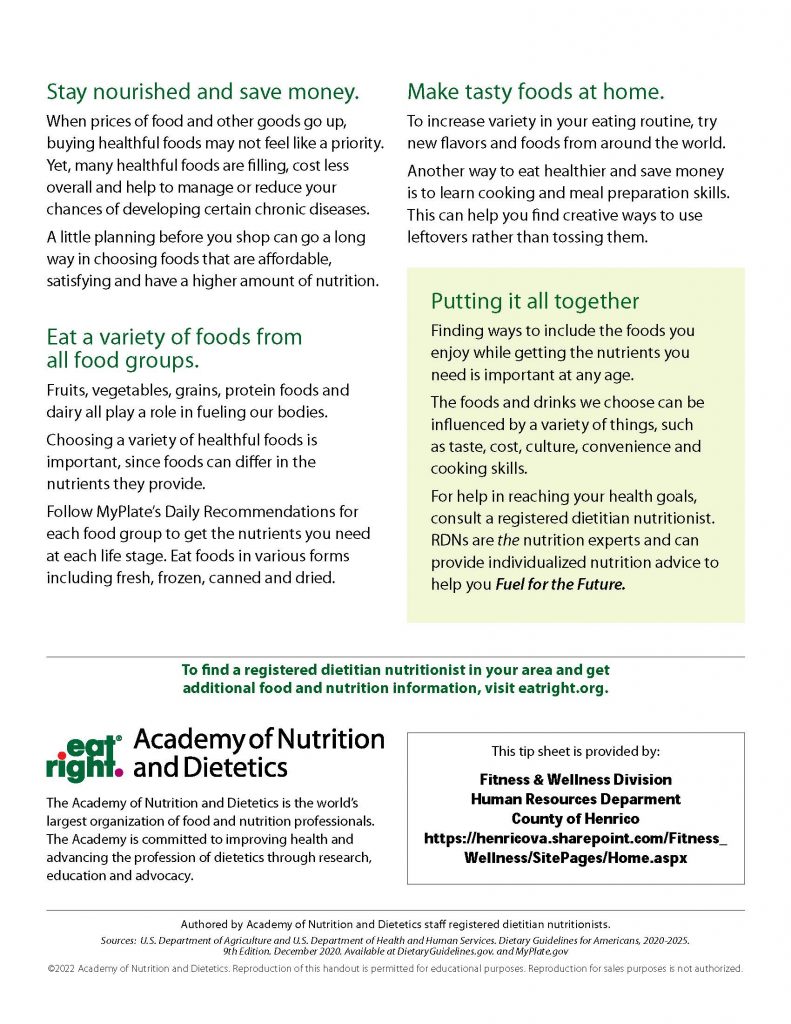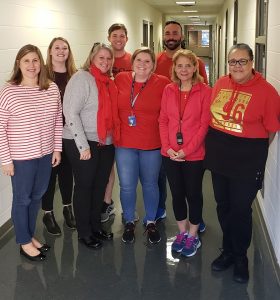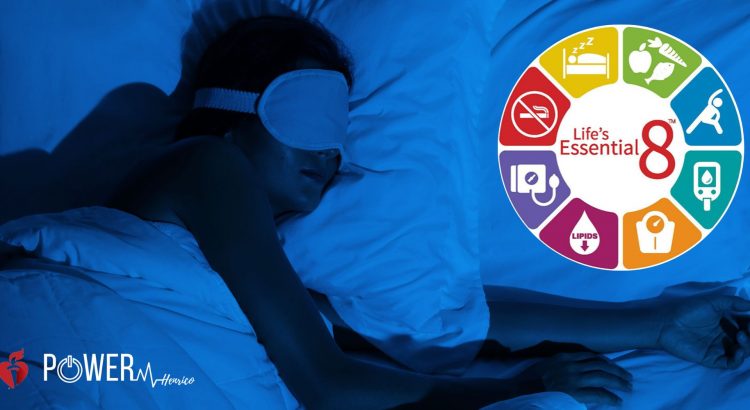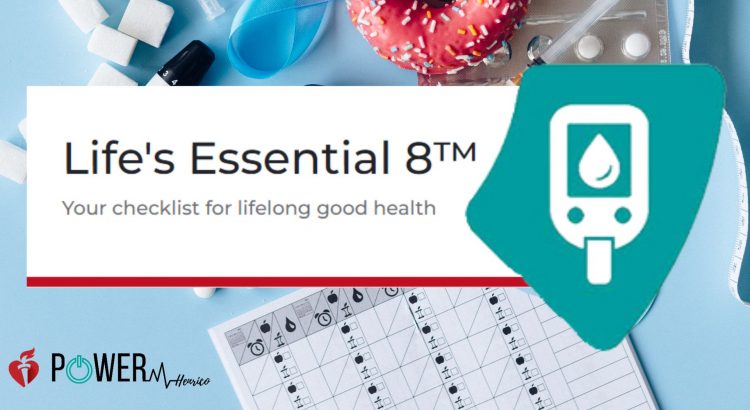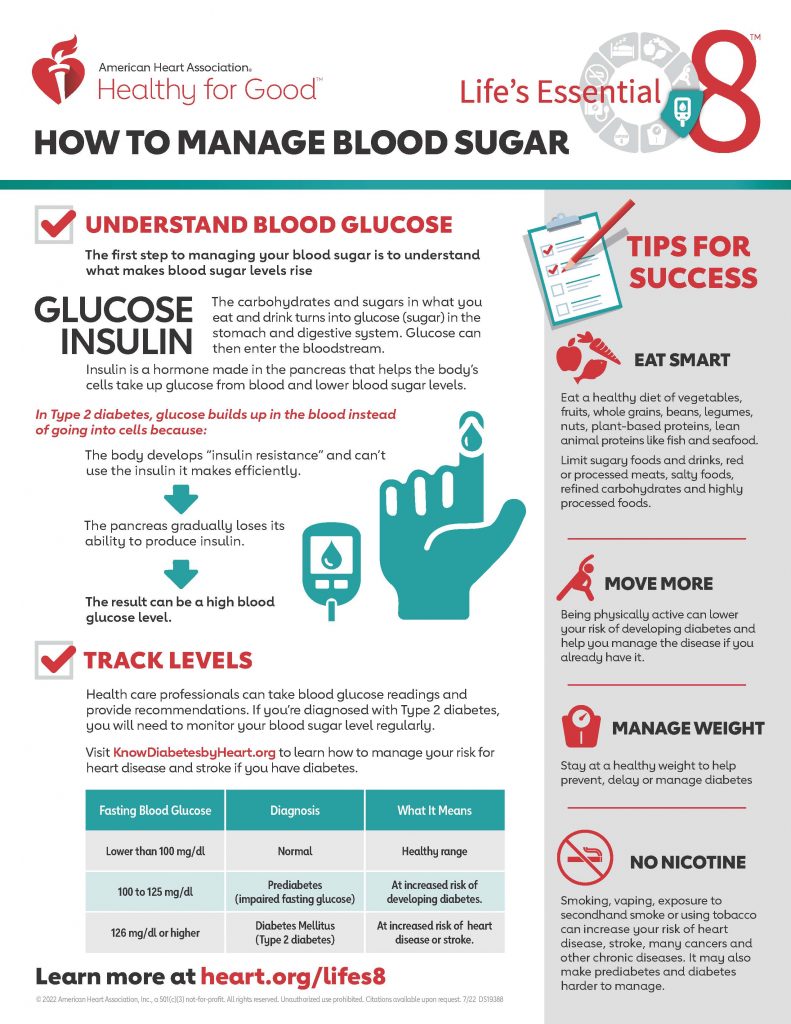Recently, the Fitness & Wellness Division has shared information on Life’s Essential 8™ – critical factors for improving and maintaining heart health, as defined by the American Heart Association. Past monthly awareness campaigns have included an introduction to the Essential 8 cardiovascular health target areas (September 2022) and steps to manage blood sugar in conjunction with National Diabetes Awareness Month (November 2022). This month we turn our attention to sleep with a focus on common sleep problems, recommended hours of sleep, and tips for setting up healthy sleep habits.
Exhausted? Tossing and turning? Not getting a good night’s sleep? Sleep problems are common, and there are ways to improve the quality of your sleep with benefits to both physical and mental well-being. Common sleep problems include:
- Trouble falling asleep – lying in bed for more than 30 minutes without being able to fall asleep
- Difficulty staying asleep – waking up frequently during the night
- Early morning waking – waking before you need to get up and not being able to fall back asleep
- Behaviors that interfere with sleep – snoring, grinding teeth, restless legs, sleepwalking, and breathing problems
- Sleeping too much or for too long
- Excessive sleepiness or urge to nap during the day
- Extreme fatigue or lack of energy
Sleep problems can hurt mental health by influencing emotions, thoughts, and behaviors. When sleep is disturbed, you might feel irritable, grumpy, sad, anxious, worried, or stressed. Sleep problems can make it difficult to concentrate, think clearly, or make decisions. If you’re wondering how many hours of sleep your body needs, The American Academy of Sleep Medicine and the Sleep Research Society recommend 7 to 12 hours, depending on age.
|
Age Group
|
Age
|
Recommended Hours of Sleep
|
|
Infant
|
4-12 months
|
12-16 hours per 24 hours, including naps
|
|
Toddler
|
1-2 years
|
11-14 hours per 24 hours, including naps
|
|
Pre-School
|
3-5 years
|
10-13 hours per 24 hours, including naps
|
|
School Age
|
6-12 years
|
9-12 hours a night
|
|
Teen
|
13-18 years
|
8-10 hours a night
|
|
Adult
|
18+ years
|
7 -9 hours per night
|
Individuals do indeed have different sleep needs. Some naturally need less sleep, while others need more. For adults, consistently sleeping fewer than 6 hours a night or more than 10 hours per day can have health risks or be a sign of another health problem. One of the most powerful ways to improve sleep is to make small changes in everyday behaviors that impact how fast you fall asleep and whether you stay asleep. To improve sleep hygiene, focus on increasing behaviors that will enhance sleep, naturally reducing behaviors that interfere with sleep. Follow these tips for getting a good night’s sleep.
Tip #1: Avoid caffeine close to bedtime. Some people have problems sleeping when they have consumed too much caffeine.
Tip #2: Avoid alcohol close to bedtime. It may feel like alcohol helps you fall asleep faster, but alcohol can disrupt your sleep by causing breathing problems and jerky arms and legs.
Tip #3: Unwind. Stress dramatically impacts sleep, so it is essential to relax before bed. Read a good book, do a crossword puzzle, take a bath or shower, listen to calming music or try a relaxation exercise. Screen time is stimulating, and the blue light emitted by devices can affect sleep. It’s recommended to avoid watching TV, going online, or using other electronic devices for at least 30 minutes before bed.
Tip #4: Exercise a few hours before bedtime. Research indicates that people who exercise regularly (30 to 60 minutes, 3-5 times a week) have a deeper sleep. In addition, exercising boosts energy, so it is best to exercise four to eight hours before bedtime.
Tip #5: Follow the same routine. Try to keep the same sleep and wake schedule every day, including weekends. Maintaining a consistent schedule allows your body to establish a routine.
Tip #6: Avoid naps if you experience sleep problems. Naps aren’t necessarily a problem, but for some, naps may interfere with sleep at night. If you are experiencing problems with sleep, consider cutting out naps to see if your sleep improves. It is best to keep naps short, around 30 minutes at most, to minimize disruptions to your standard sleep patterns. However, if you feel so tired that you can’t get through the day without a nap, you should talk with your doctor. It can signify another health problem, including a sleep disorder.
Tip #7: Avoid going to bed too full or too hungry. Eating balanced, healthy meals and snacks regularly throughout the day will help with a good night’s sleep. Try to avoid eating a large meal two hours before bedtime.
Tip #8: Get up if you do not fall asleep within half an hour. Leave your bedroom and do something relaxing, like listening to soft music, taking a bath, drinking a warm caffeine-free beverage, or meditating. Avoid watching TV or going on your phone during this time. Then, go back to bed once you feel very drowsy. At first, this might feel like falling asleep is getting worse because you may have a few sleepless nights. However, it will become easier to fall asleep and stay asleep after several nights. Be consistent in your use of this strategy. Studies do show it is very effective in reversing sleep problems.
Tip #9: Make your bedroom comfortable and only use it for sleeping. A mattress with good support and comfortable bedding are both helpful. Ensure your room is not too hot or too cold – slightly cool is best. Don’t use your bed to watch TV, work, study, or do other mentally stimulating activities.
Tip #10: Challenge your belief that you cannot function without a perfect night’s sleep. When you can’t sleep, you might check the clock and worry about getting through the upcoming day. This increases anxiety and makes it even harder to fall back asleep. Instead, turn the clock away from your view. Remind yourself that you can likely do your daily activities even when you feel tired (unless this would pose a danger to yourself or others).
Resources:
The American Heart Association’s Life’s Essential 8
Life’s Essential 8 – How to Get Healthy Sleep
Sleep your Way to Whole Body Health
Read More
